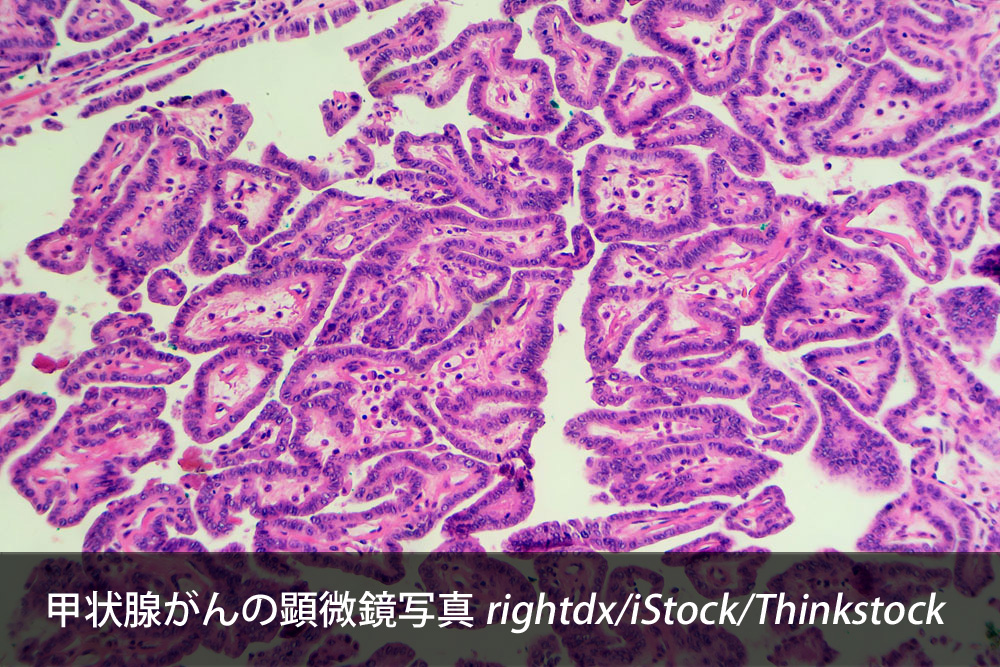福島の若年層の甲状腺がんではBRAFV600E変異が高頻度である:チェルノブイリとは異なる発がんプロファイル
BRAFV600E mutation is highly prevalent in thyroid carcinomas in the young population in Fukushima: a different oncogenic profile from Chernobyl
2015年11月20日 Scientific Reports 5 : 16976 doi: 10.1038/srep16976

福島第一原子力発電所での事故後、当時0-18歳だった子供たちを対象にした甲状腺の超音波検査プログラムが2011年10月に始まった。この集団における甲状腺がんの発生数は非常に多いことが判明している(296,253人あたり84症例)。この病因を明らかにするため、我々は、これらの腫瘍のドライバー変異の存在を検討した。古典的(通常型)甲状腺乳頭がん(PTC)61症例、濾胞型PTC 2症例、篩・モルラ型PTC 4症例、そして1症例の低分化甲状腺がんを解析した。その結果、43症例においてBRAFV600E(63.2%)、6症例においてRET/PTC1(8.8%)、1症例においてRET/PTC3(1.5%)、そして4症例でETV/NTRK3(5.9%)を検出した。古典的(通常型)および濾胞型のPTCでは、BRAFV600E変異を持った症例は、有意に腫瘍径が小さかった。これら遺伝子変異のパターンは、チェルノブイリ放射線誘発PTCとは全く異なっており、これらのがんが放射線誘発でないことが示唆される。これは、大規模スクリーニングで発見された甲状腺がんの発現プロファイルを明らかにした最初の研究であり、おそらくは日本の若年層における全ての散発性および潜伏性腫瘍の遺伝子変異を反映していると考えられる。BRAFV600Eは小児PTCに増殖優位性を付与しない可能性が推測され、またこれらの多くのケースで増殖が遅いことは、小児PTCにおける腫瘍の進行にはさらなる要因が重要である可能性が示唆される。
Norisato Mitsutake, Toshihiko Fukushima, Michiko Matsuse, Tatiana Rogounovitch, Vladimir Saenko, Shinya Uchino, Masahiro Ito, Keiji Suzuki, Shinichi Suzuki & Shunichi Yamashita

